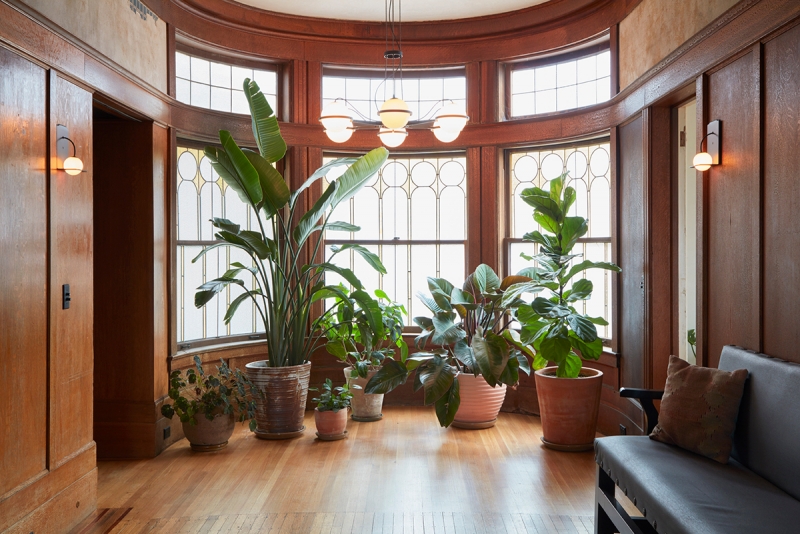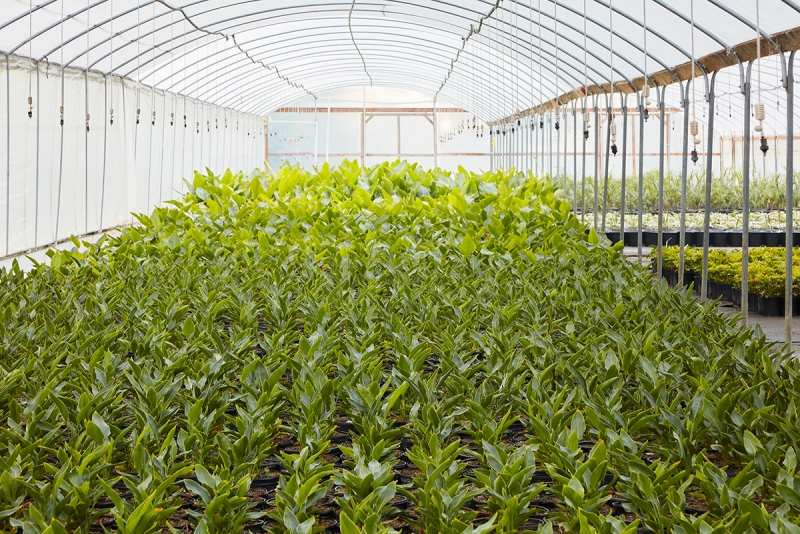Strelitzia nicolai
giant bird of paradise
Giant bird of paradise great for bright or filtered-sun location. Banana-leaf foliage unfurls from the center & new basal shoots. Not thirsty but prefers not to dry out completely.


 |
height |
4–12ft |
 |
width |
2–6ft |
 |
tolerates |
Cool Summers, Heat, Pots |
 |
water
needs |
Moderate |
 |
water
info |
This plant wants the top two thirds of its soil to dry out between waterings, while always having some moisture left deep in the pot. Generally the plant will want water every one to three weeks.
Leaves that don’t unfurl, or are cupped on the ends show signs that this plant is not getting enough water. |
 |
hardy
to |
28F |
 |
indoor
outdoor |
Outdoor |
 |
drainage |
In Ground: Planting Mix, In Pots: Potting Soil |
 |
fertilizing |
All Purpose |
 |
origin |
South Africa |
 |
california
native |
No |
 |
sunset
zones |
16, 17, 19–24 |
OUTDOOR EXPOSURE GUIDE

Full Sun
Six or more hours of sun beams directly landing on the plant's leaves.
Part Shade
Three to five hours of sun beams directly landing on the plant's leaves.
Part Sun
One to two hours of sun beams directly landing on the plants leaves.
Full Shade
The plant is never fully lit by sun beams,
but is in a bright spot or has dappled sunbeams playing over the leaves throughout the day.
Deep Shade
The plant never has dappled light on the leaves, and is in a place that feels dim, even on a nice sunny day.
SUNSET ZONES MAP

Growing Notes
Prune off older leaves at their base once they begin to turn brown.
This plant will grow in a similar manner to a palm tree, with a trunk and foliage at the top of it. Once trunking, you can skin this plant for a cleaner look. Do this by running a razor knife around the base of the leaf, where it attaches to the trunk. Make sure you do this without cutting the trunk.
Bird of paradise flowers are striking, this one being quite large, blue and white. They exude nectar, so if you see nectar coming from your flower be sure to either prune it off or place something under it so it doesn’t damage your floors.
Special Interest
The nectar of this plants flowers attracts pollinating sunbirds in nature.
More Info
This plant has been grown as a houseplant, but it also excels outdoors in mild climates. See Sunset zones if you are interested in growing this plant outside. Also note that anytime a houseplant is moved outside, some transitional stresses should be expected, including burning (when a plant that can and in fact would often prefer to grow in direct sunlight has not been cultivated in direct sun) and also drooping or leaf drop (usually associated with a shift in temperature). Planting outdoors during mild weather will help negate these effects, and if the plant is properly cared for, it should rebound with new acclimated growth.



